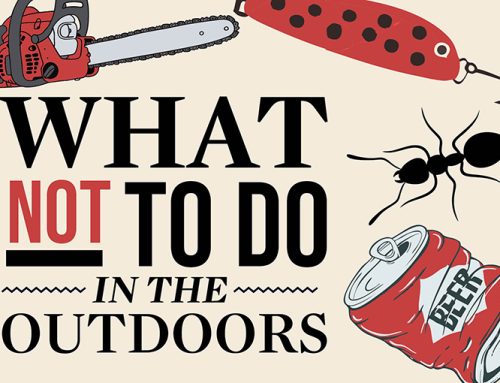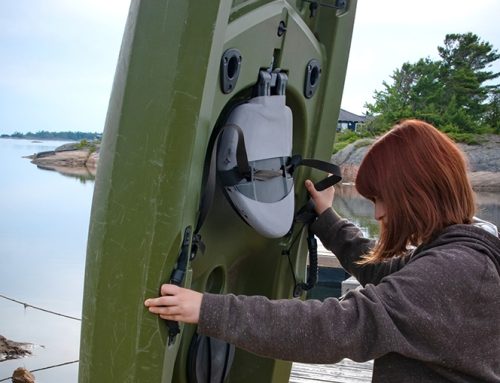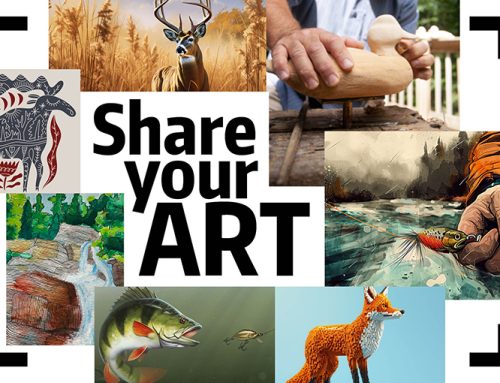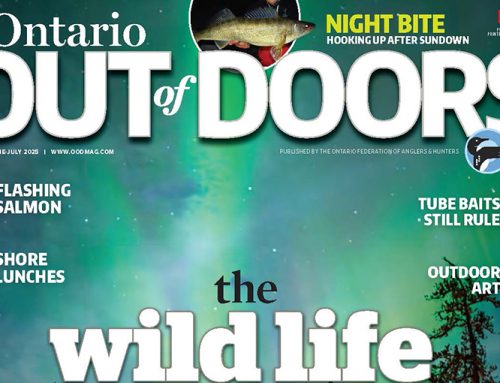
Hunting dogs work in inhospitable cover – places we don’t want to go. In fact, aside from their remarkable scenting abilities, this is one reason we use them to locate game. Thorns, rusty fences, sharp stones, and a host of other potential dangers await your dog every time you take it afield.
Most dogs conceal all but the most serious injuries. This could be a holdover instinct to protect them from being seen as weak and unable to defend their position in a pack, or it might be they just don’t want to stop what they love doing. Either way, a good rule of thumb is that if you see a dog favouring a paw, a little “off” on its running cadence, or otherwise in discomfort, the problem is usually worse than it looks.
Truckers do a circle check of their rigs before and after a haul and often catch things that might develop into bigger problems. The same diligence comes in handy with our hunting dogs. A workable routine when arriving back at the vehicle is to go over a short checklist of common possible scenarios and resulting injuries that can be addressed immediately – a canine circle check, if you will.
Fuel
All dogs should be given access to fresh water and allowed time to drink after a hunt. Even in cold weather, they must be able to rehydrate. Also consider a light meal or snack to replenish spent electrolytes and calories.
Windows
Check eyes for weed seeds or abrasions. Remove any debris and flush with a mild saline solution.
Flaps
Check outer ears for cuts. A dog sitting in a crate can shake its head and make a bloody mess, even further opening the wound. Treat minor cuts with EMT gel, but see a veternarian if there are serious cuts and abrasions. Check the inner ear, too. Look for debris and carefully remove it. Don’t dig into the ear canal, as this can force foreign material farther in and possibly damage the inner ear.
Body
Run your hands over the dog’s entire body, feeling for internal problems indicated by swelling and inflammation and external things like thorns and burrs. Be aware of your dog’s demeanour. Often, when you touch an area that might be injured or sensitive, the dog will react, indicating a need for a more intense search for the cause of the discomfort.
Tires
Paw troubles are the most common problem on a typical hunt. Broken nails, slipped pads, or pads punctured by sticks, thorns, or rocks are inevitable. After the hunt, lift each paw and have a good look and feel for any trouble. Let common sense be your guide. If you feel a burr or thorn that’s worked between the toes, try to remove it. If you discover a more serious injury, attempt to stop any bleeding and keep the wound clean with EMT gel until you can get to a vet.
Trailer
Most hunting dogs wag their tails while making or trailing game, so they take a lot of abuse. Check for cuts. If you find blood, wrap the tail with gauze and tape.
The few minutes spent checking for possible injuries or discomforts before the drive home are well spent. The dog will be more comfortable and you will have peace of mind knowing that, as it sleeps soundly in its crate, you’ve tended to its needs at least as well as it tends to yours.






Leave A Comment